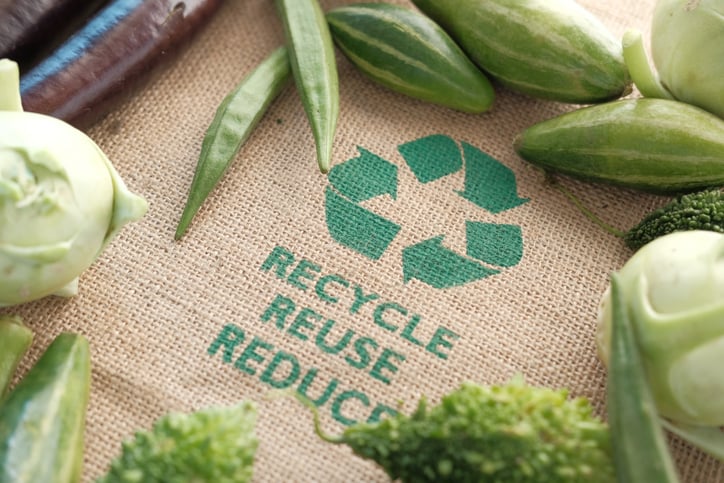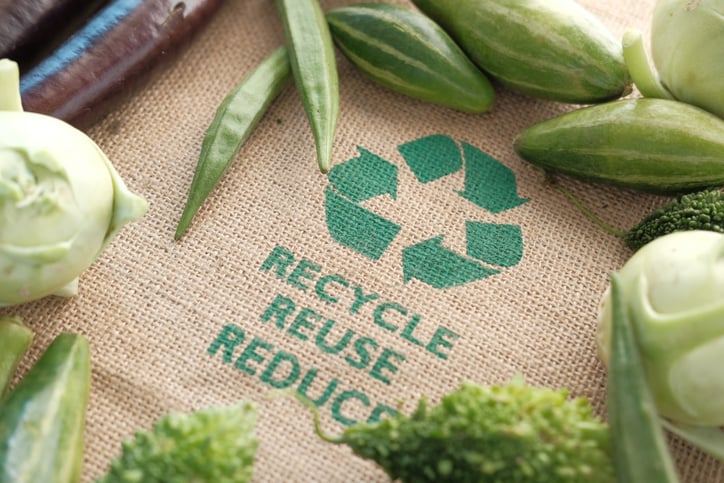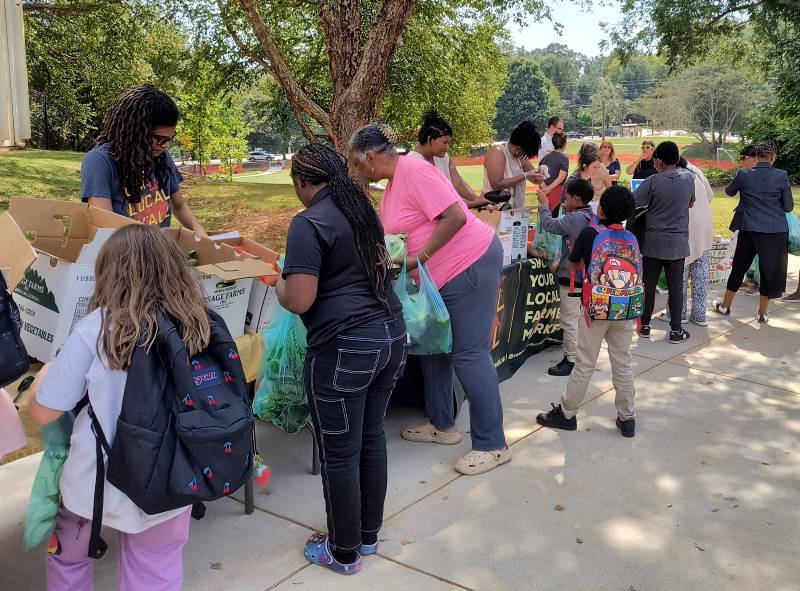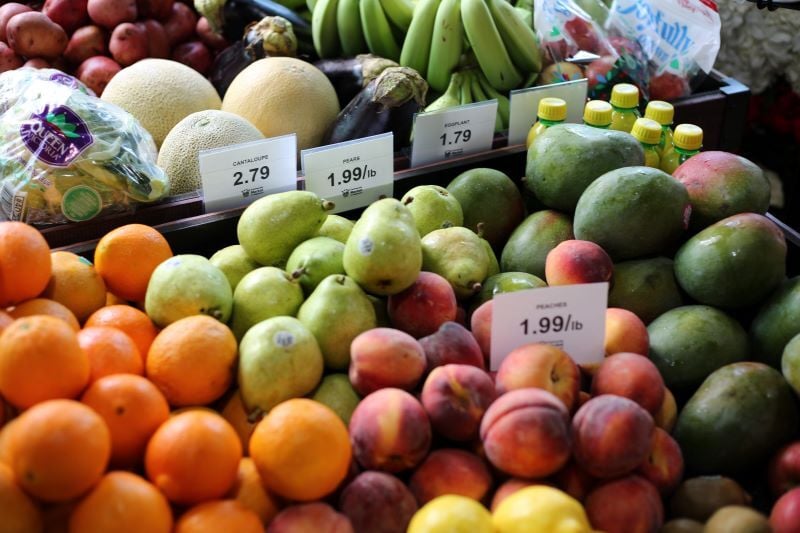Black or white. On or off. A or B. Winner or loser. Mutually exclusive. These are all expressions we use to refer to the same idea - that sometimes a thing must be one way or another.
There are plenty of real-world examples of things that exist in these absolute terms. An electrical circuit is either open or closed. Whole numbers are either even or odd. I’ll either win or lose the next solitaire hand I play. Frequently though, our human brains try to simplify our complex world, and as a result, we might fall into the trap of seeing mutual exclusivity when it isn’t there.

The idea of a false dichotomy directly ties into one of Drawdown Georgia’s 20 high-impact climate solutions: food waste. Far too often, people see food waste as an either/or proposition: food is either consumed or thrown out. Sure, in a typical household, a gallon of milk will be either consumed or poured down the drain after it spoils. But when we zoom out and consider the challenge of food waste as a whole, it does not come down to whether we eat or throw away everything in our fridges. It’s much more complicated than that, so it’s important that we adopt a more nuanced understanding of the system of solutions that can solve the food waste problem.
Fight Climate Change by Preventing Food Waste
To that end, I want to share a graphic that I find incredibly useful. It is the US Environmental Protection Agency’s “Food Recovery Hierarchy,” an inverted pyramid showing the cascading options for reducing food that goes into landfills and incinerators. Let me walk you through the pyramid, starting from the bottom and working up.
At the bottom, we have those landfills and incinerators. It’s the worst end result in our food system, resulting in greenhouse gas emissions, shortened life spans for landfills, and the opportunity cost of not putting the food to better use. This is what we want to avoid at all costs.
How to Fight Food Waste
Above that is composting, which from its location in the chart might seem to be a bad solution, but that could not be further from the truth. Yes, it is less preferred compared to the solutions that are above it, but composting food waste should be thought of as our best safety net to keep food out of landfills. Nearly every bit of food can be composted if necessary, from banana peels to chicken bones to the wooden chopsticks that come with your fried rice. Plus, compost is a key part of creating healthy soils and healthy food. It’s an incredibly valuable food waste solution and it’s within reach of every household.
Whenever possible though, we should look for higher-value food waste solutions, which brings us to industrial uses (or solutions?). Lots of food or food scraps can be captured and converted into an energy source. One of my favorite examples is the Yoplait Greek yogurt facility in Tennessee that puts the whey leftover from making the yogurt into a digester. That digester then converts the whey into biogas, which the facility then uses as a fuel source for an on-site combined heat and power system. The end result is annual savings for the facility of about $500,000 and 9,000 metric tons of carbon dioxide equivalent.
Food Waste Solutions: Upcycling and Animal Feed
As we move up the pyramid, I’ll take the next two solutions together since they have to do with making sure food is eaten. Both food for animal feed and food for human consumption are great uses, but for obvious reasons, human consumption is a higher value use. We grow enough food on the planet to make sure no human is hungry, so it would be ideal if we solved food waste while simultaneously solving human hunger. But there are lots of food scraps not suitable for human consumption that could instead be used as animal feed, which would offset a lot of the farmed grains that livestock currently consume. Here is an example of how Rutgers University has sent food scraps from its dining hall to a local pig and cattle farmer for decades.
In fact, there’s an emerging movement dedicated to getting innovative about high-value food waste solutions: the upcycled food movement. Led by an association that is seeking to certify upcycled food solutions, the premise is that new and high-quality products can be created from surplus food. One beautifully simple example of an upcycled food is the dried cherries produced by Sunrise Fresh Dried Fruit Company. This family farm takes their cherries that don’t meet retailer specifications to be sold fresh and would have otherwise gone to waste and dries them, turning what would have been a virtually worthless portion of their crop into a delicious and healthy value-added product.
Finally, our most valuable food waste solution is to reduce the oversupply of food in the first place. More than anything, this solution is about intelligent design of the food system to make sure food isn’t rotting in the fields, spoiling on its way to markets, or sitting unsold on the supermarket shelves. Here, I want to point you to the thought leadership of the Ellen MacArthur Foundation. We need to design the circular food economy, and they have some of the best ideas of what that might look like.
I hope you see how beautifully complex and connected these solutions are that can help us fight climate change by preventing food waste. If we get food waste right, we can feed the hungry, create new revenue streams for farmers and businesses, generate renewable energy, build healthy soils, and reduce greenhouse gas emissions. So much more is at stake than whether a strawberry ends up in the garbage, and it's important that we see the grayscale of opportunity instead of thinking in only black and white.









